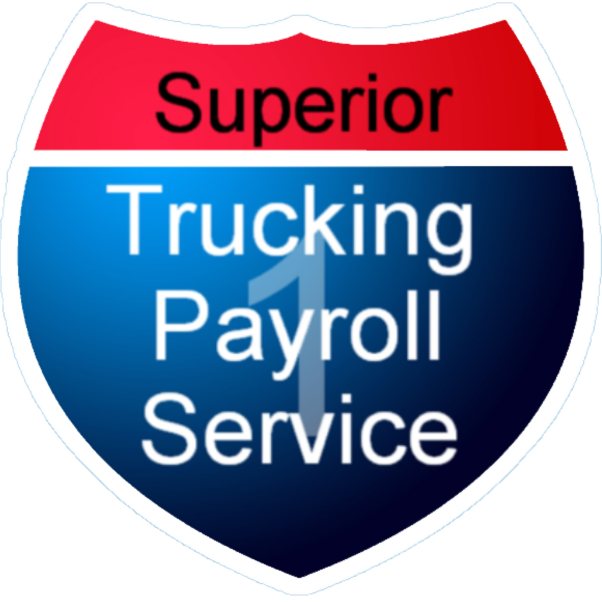If you’ve ever bounced over a deep pothole in early...
Read MoreFor trucking companies, a high turnover rate can be a serious problem because it slows corporate growth, causes disruptions, and raises costs. In this article, we examine the fundamental causes of the high turnover rate in the trucking industry. We want to solve this dilemma and promote a more stable and engaged workforce by understanding the core reasons and offering insights and strategies.
To the left is a video addressing more reasons your turnover rate can be so high.
1. Demanding Work Environment:
The trucking industry is known for its difficult working conditions, which include long hours on the road, strict delivery schedules, and time spent away from home. Drivers may experience burnout and discontent due to the physical and mental toll. Reduced turnover can be achieved by being aware of these issues and resolving them through better work-life balance, downtime, and support systems.

2. Benefits and Compensation:
Driver retention is greatly impacted by benefits and compensation. Competitive wages, fair pay structures, and comprehensive benefits can all have a significant impact on a driver’s decision to stay with a company. Conducting market research to ensure your compensation packages align with industry standards can help attract and retain skilled drivers.

3. Lack of Career Development Opportunities:
Truck drivers often seek opportunities for career growth and advancement. If drivers perceive limited prospects for professional development or promotions within your organization, they may be inclined to seek opportunities elsewhere. Implementing training programs, mentorship initiatives, and clear career progression pathways can enhance driver engagement and loyalty.
4. Communication and Support:
Maintaining a positive work environment requires effective support and communication mechanisms. Drivers who experience a sense of disconnection or lack of support may grow disengaged and eventually look for work elsewhere. A sense of community and loyalty can be established through opening lines of communication, addressing concerns promptly, and providing resources for driver well-being. Also, make sure that your recruiter is loyal and honest to the potential employees about what the job description is, because if the job is different than what the recruiter promised, they will leave right away.
5. Equipment and Technology:
Drivers may become frustrated by outdated or improperly maintained equipment, which might affect their job satisfaction. Investing in modern, reliable trucks and implementing efficient technologies, such as GPS tracking systems or electronic logging devices, can improve driver experience and reduce turnover by enhancing efficiency and driver comfort.

Bottom Line:
Reducing turnover rates in the trucking industry requires a holistic approach that addresses the specific challenges faced by truck drivers. By recognizing the demanding work environment, offering competitive compensation and benefits, providing career development opportunities, improving communication and support systems, and investing in modern equipment and technology, companies can create a more favorable work environment that promotes driver retention. Striving for a culture of respect, engagement, and continuous improvement can result in a more stable and satisfied workforce, benefiting both the drivers and the overall success of the trucking company.
Harley joined Superior Trucking Payroll Service in early 2019. Her main roles are Inbound sales, Implementation, and marketing. She loves the work atmosphere.
“It feels like everyone here is a family. Even when we add someone new to the team, they just meld right in.”
Before joining STPS she worked at a local chain grocery store starting in 2013 as a cashier and by the time she left in 2019 was an assistant store director.
Contact Us!
Is Superior Trucking Payroll Service Worth the Higher Cost?
You’re Not Just Buying Payroll — You’re Buying Peace of...
Read MorePayroll for Trucking Companies: We Help Your Whole Trucking Family Get Paid
If you’ve heard of Superior Trucking Payroll Service, you’ve probably...
Read MoreHow Do I Pay Myself If My LLC Is an S-Corp or C-Corp?
How do I pay myself if my LLC is taxed...
Read MoreMarch 2025 Driver Pay Update for Trucking Companies
Are your drivers leaving for better pay? Are you wondering...
Read More

